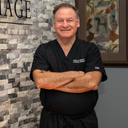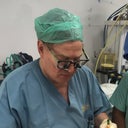Posted underMommy Makeover q&a
Is the white inside the wound an infection, and how long are wet to dry dressings needed? (Photo)
what is the white substance in the wound and how long is a wet to dry dressing required if the wound is no longer deep?
Answers (14)
From board-certified doctors and trusted medical professionals
More Mommy Makeover Questions
See all Mommy Makeover Q&AWE SEND PRETTY
EMAILS
What’s trending? Who’s turning heads? Which TikTok myths need busting? We’ve got you. No fluff, no gatekeeping—just real talk. Get our free, unfiltered newsletter.








